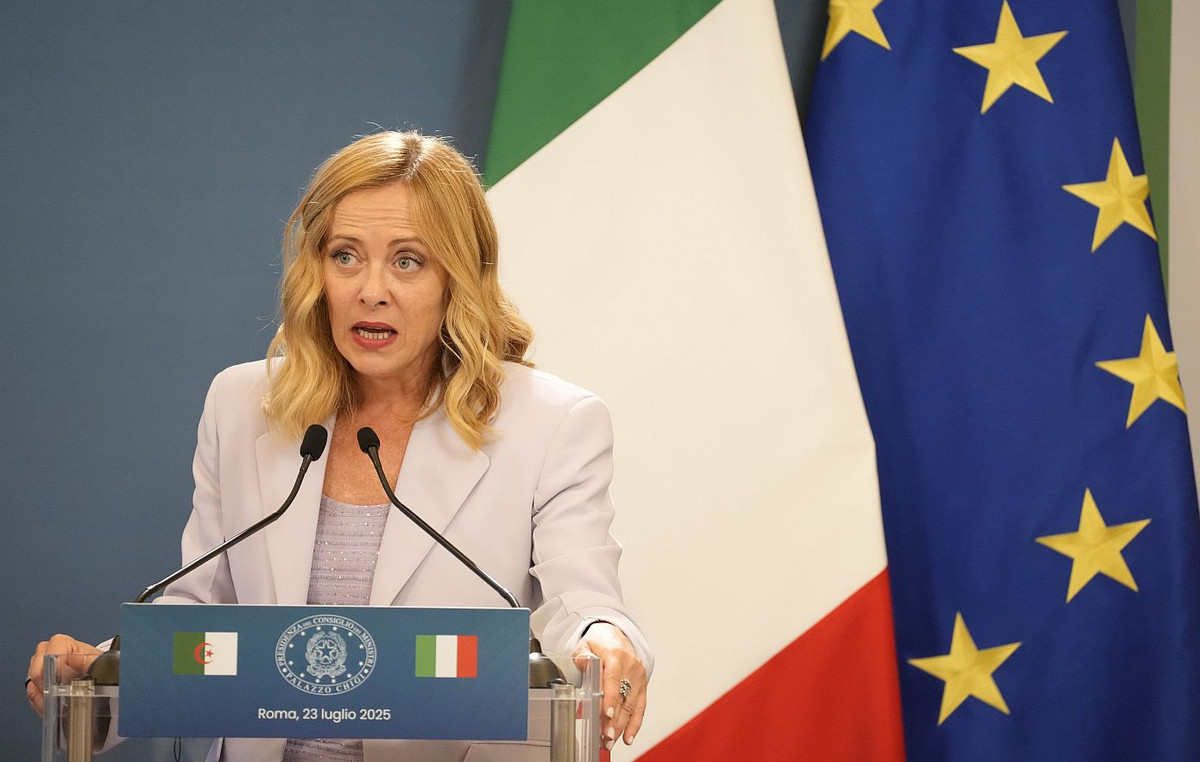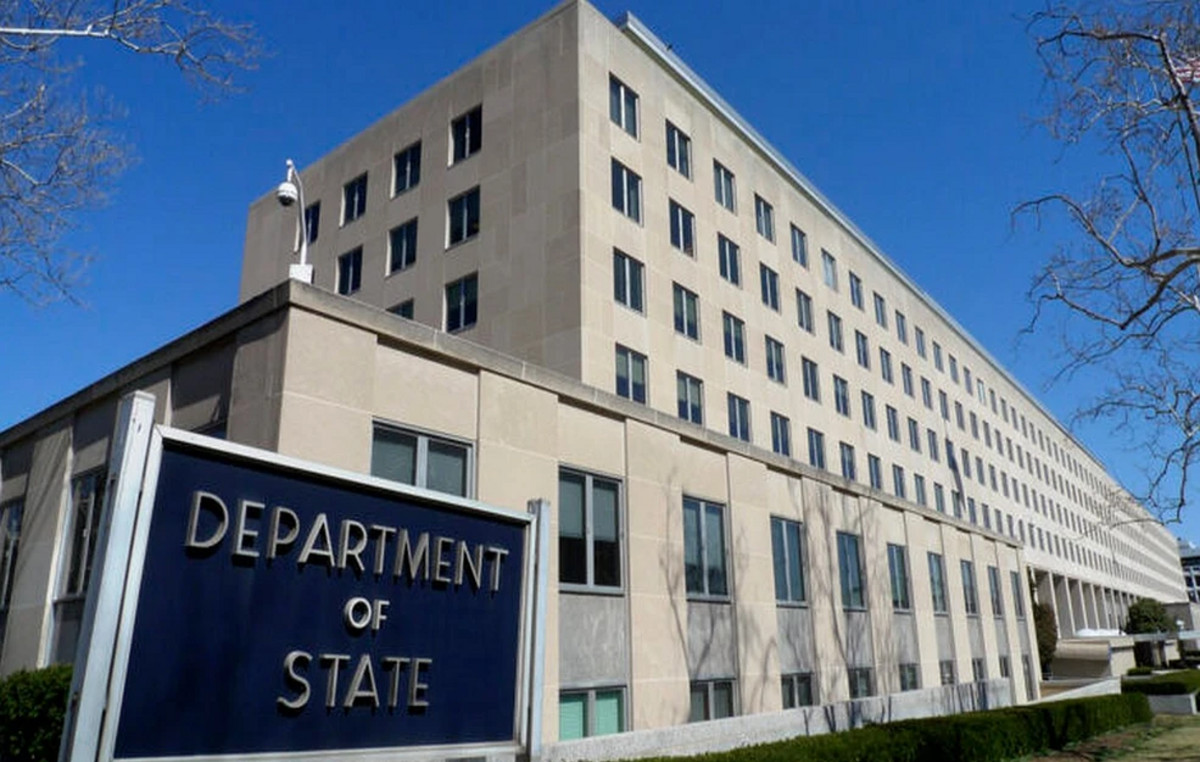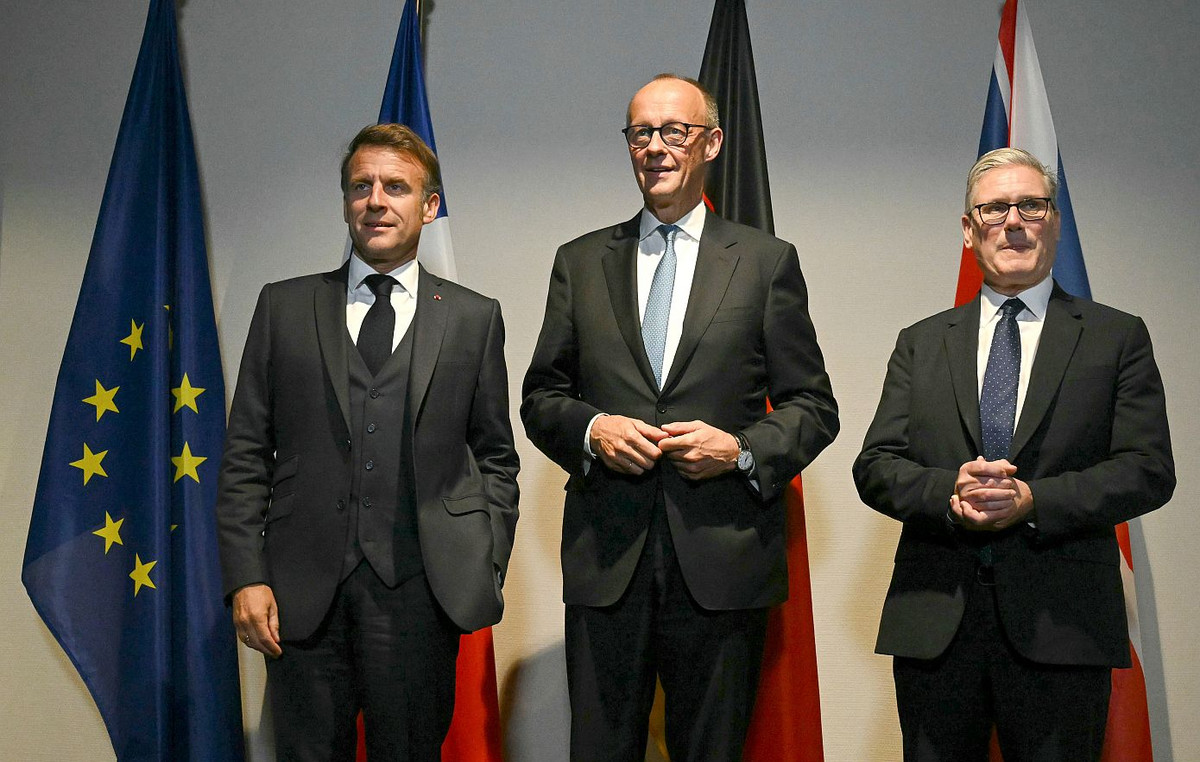- The price of silver continues its loss streak amid the relaxation of commercial tensions, which reduces the demand for safe refuge assets.
- USA and the EU are allegedly close to ending an agreement that would impose tariffs of 15% to EU assets.
- Initial applications for unemployment subsidy in the US fell for sixth consecutive week, increasing the expectations that the Fed will keep the rates without changes next week.
The price of silver (XAG/USD) remains moderate for the third consecutive day, quoting around $ 39.00 per Troy ounce during Friday’s Asian hours. The price of silver faces challenges amid the relaxation of commercial tensions and increased appetite for risk.
Investors continue to monitor the progress in tariff negotiations, with the US and the EU supposedly close to an agreement that would impose tariffs of 15% to the EU goods imported to the US. Japanese
The initial applications for unemployment subsidy in the US fell to 217,000 last week, from 227,000 and 221,000 in the previous weeks. This marks the sixth consecutive weekly fall, the longest streak since 2022, underlining the resilience of the labor market. The data support the expectations that the Federal Reserve (FED) will maintain interest rates without changes in the meeting next week. The markets are now valuing less than two rate cuts for the year, with the first fully expected in October.
Meanwhile, investors also pointed out the renewed tension between the president of the US, Donald Trump, and the president of the Fed, Jerome Powell, since they collided with the renewal costs of the Central Bank. Trump repeated his call to lower rates, but said that renewal problems were not enough to justify Powell’s dismissal.
In addition, US Treasury Secretary Scott Besent said Wednesday that it is likely to announce a nominee for the next president of the Federal Reserve in December or January. Besent emphasized that “there is no hurry” to select a successor for the current president of the Fed, Jerome Powell.
SILVER – FREQUENT QUESTIONS
Silver is a highly negotiated precious metal among investors. Historically, it has been used as a value shelter and an exchange means. Although it is less popular than gold, operators can resort to silver to diversify their investment portfolio, for their intrinsic value or as a possible coverage during periods of high inflation. Investors can buy physical silver, in coins or bullion, or negotiate it through vehicles such as the funds quoted in the stock market, which follow their price in international markets.
Silver prices can move due to a wide range of factors. Geopolitical instability or fears of a deep recession can cause the price of silver to shoot due to its safe refuge status, although to a lesser extent than that of gold. As an asset without performance, silver tends to climb with lower interest rates. Its movements also depend on how the US dollar (USD) behaves, since the asset is quoted in dollars (XAG/USD). A strong dollar tends to maintain the price of silver at bay, while a weaker dollar probably drives rising prices. Other factors such as investment demand, mining – silver supply is much more abundant than gold – and recycling rates can also affect prices.
Silver is widely used in the industry, particularly in sectors such as electronics or solar energy, since it has one of the highest electrical conductivities of all metals, surpassing copper and gold. An increase in demand can increase prices, while a decrease tends to reduce them. The dynamics in US economies, China and India can also contribute to price fluctuations: for the US and particularly China, its large industrial sectors use silver in several processes; In India, the demand for consumers for precious metal for jewelry also plays a key role in pricing.
Silver prices tend to follow gold movements. When gold prices go up, silver typically follows the same path, since their status as shelter is similar. The gold/silver ratio, which shows the number of ounces of silver necessary to match the value of an ounce of gold, can help determine the relative valuation between both metals. Some investors may consider a high ratio as an indicator that silver is undervalued, or that gold is overvalued. On the contrary, a low ratio could suggest that gold is undervalued in relation to silver.
Source: Fx Street
I am Joshua Winder, a senior-level journalist and editor at World Stock Market. I specialize in covering news related to the stock market and economic trends. With more than 8 years of experience in this field, I have become an expert in financial reporting.







